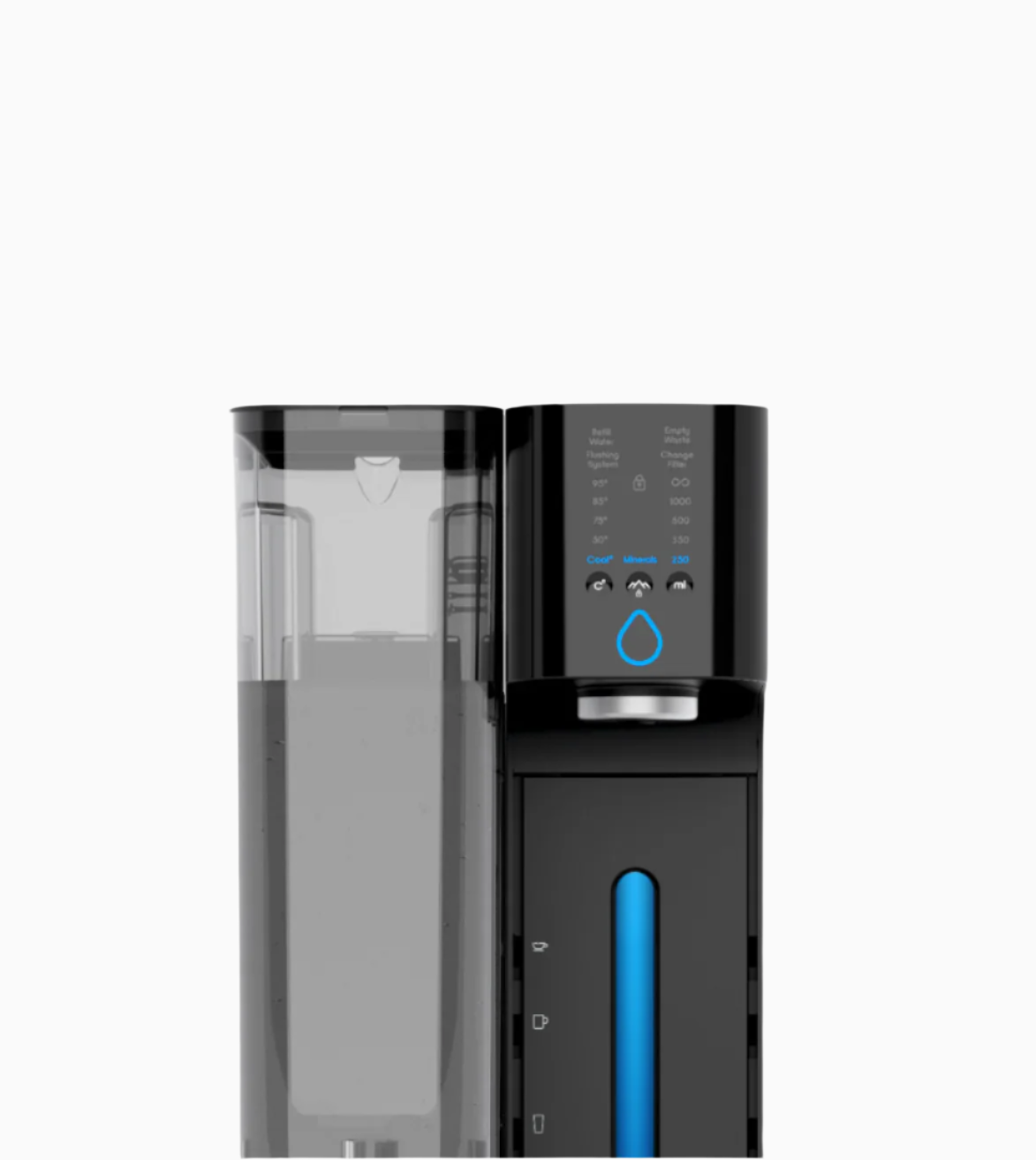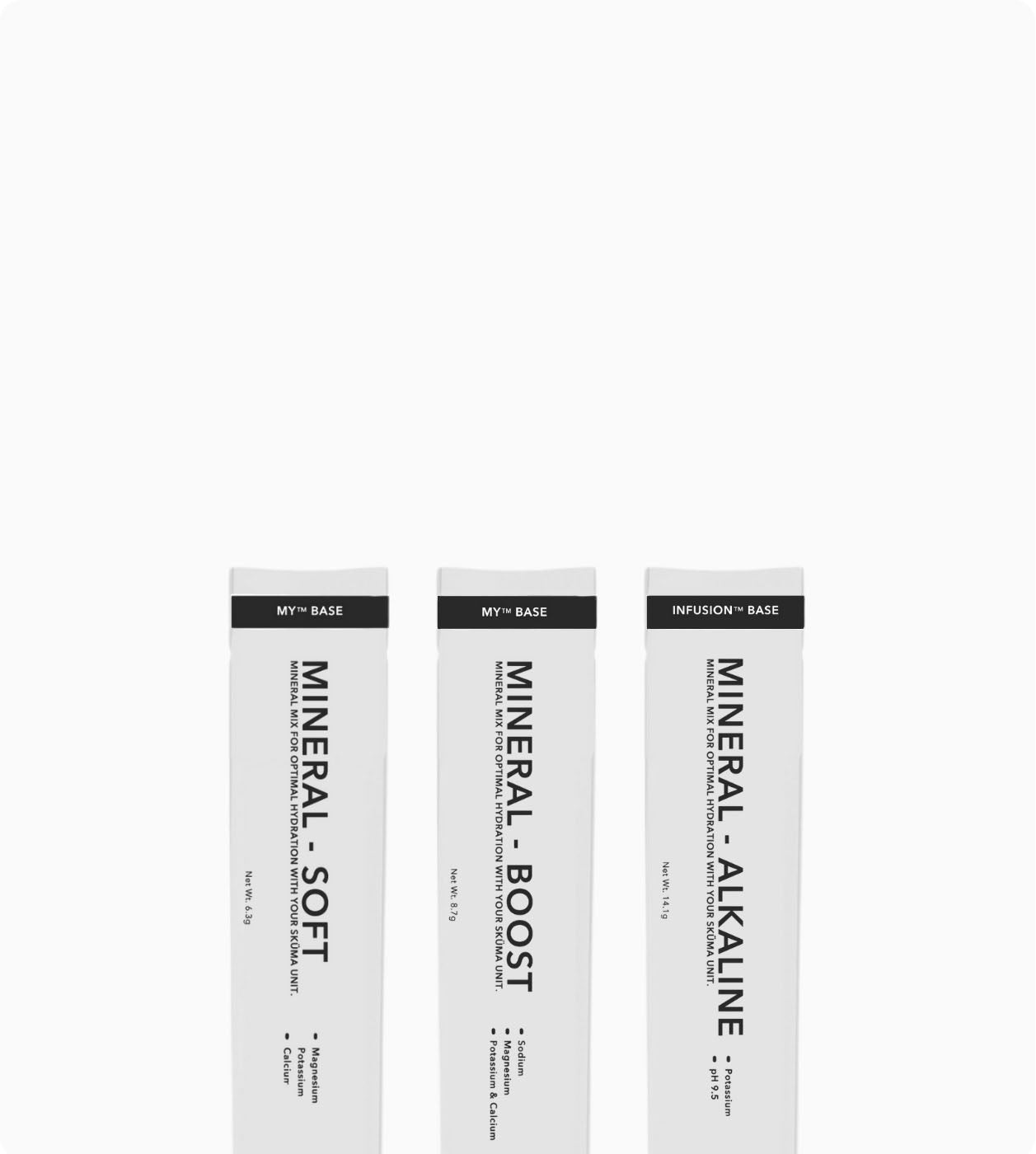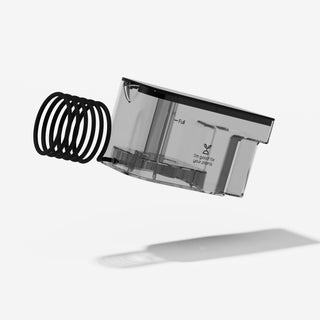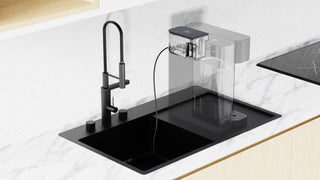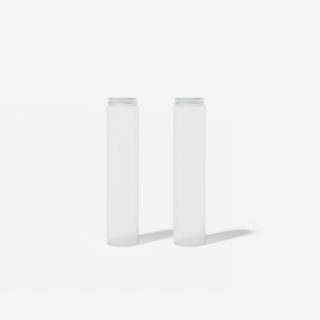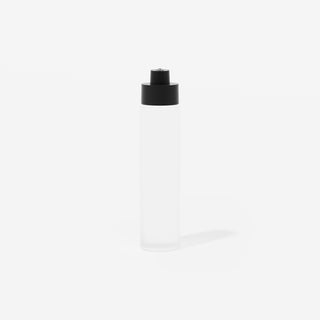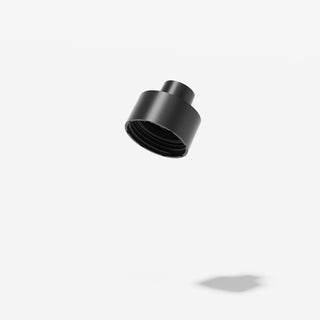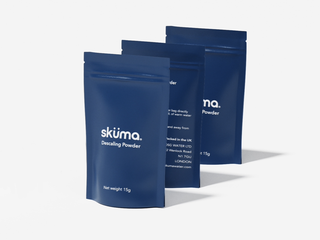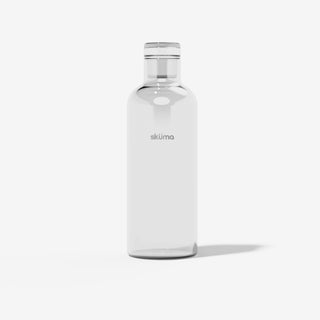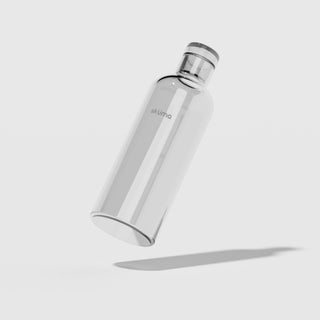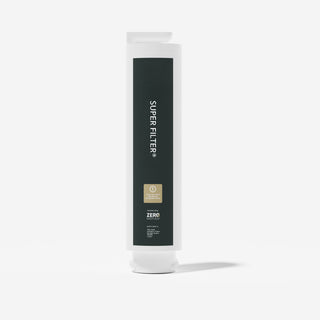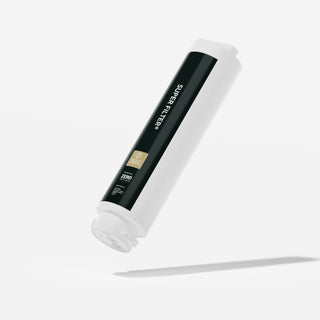Smarter ways to hydrate when battling the heat:
When the temperature soars, hydration becomes more than a routine - it should become a priority. In the UK’s increasingly common heatwaves, staying cool and hydrated isn’t just about drinking more water, it’s about drinking it better.
In 2022, over 3,000 excess deaths in England and Wales were linked to heatwaves, according to the UK Health Security Agency (UKHSA). Dehydration and heat stress are major contributing factors, especially among older adults, outdoor workers, and athletes. Globally, heatwaves are now responsible for tens of thousands of deaths annually, and climate models suggest this will only increase.
Whether you're heading outdoors or staying in, learning how to hydrate strategically can help prevent fatigue, headaches, or even heat stroke - and potentially save lives.
How to Hydrate in a Heatwave
-
You May Need More Than 2 Litres a Day
During a heatwave, your fluid requirements rise significantly due to increased sweating. While the NHS recommends around 6–8 glasses a day (~1.5–2L), studies show that in hot weather or during physical activity, up to 3–4L per day may be necessary to maintain normal body function (EFSA, 2010). Drink regularly throughout the day - even if you’re not feeling thirsty. -
Don't Gulp - Sip Slow and Often
The body absorbs fluids more efficiently when consumed in small, steady amounts. Gulping down large amounts all at once can overwhelm the kidneys and lead to water loss through urination. Experts suggest spacing out water intake - especially during and after meals, for optimal absorption (Popkin et al., 2010). -
Hydrate Before You're Thirsty
Thirst is a lagging indicator of dehydration. In a heatwave, waiting until you feel parched may be too late. Signs of early dehydration include fatigue, dizziness, dry mouth, and dark urine. Make hydration proactive: set reminders to drink water regularly throughout the day, especially after time in the sun. -
Add Electrolytes - Especially If You’re Sweating
If you’re sweating heavily, plain water alone may not be enough. Sodium, potassium, and magnesium are lost in sweat and need to be replaced to maintain fluid balance. Electrolyte-enriched water, like our mineral bases, helps your body retain the water you drink and avoid hyponatremia (low blood sodium), a rare but serious condition. We'd recommend our Mineral-Boost MY™Bases for when you are excessively sweating / exercising in the heat.
How Do You Know If You’re Hydrated?
A quick check: Your urine should be pale yellow. If it’s darker, you’re likely underhydrated. Other signs of adequate hydration include clear thinking, steady energy, and regular trips to the bathroom (every 2–3 hours is a good rule of thumb).
Stay Cool. Stay Smart.
With Sküma's pure filtration and custom mineral MY™Bases, you can hydrate efficiently and stay ahead of heat-related risks. Whether you’re at home, training, or on the move, Sküma helps you drink with purpose.
Explore the MY™Station Starter Pack
Citations
-
UK Health Security Agency (2023). Heat Mortality Monitoring Reports
-
EFSA Panel on Dietetic Products (2010). Scientific opinion on dietary reference values for water
-
Popkin, B. M. et al. (2010). Water, hydration, and health. Nutrition Reviews
-
Independent (2023). How much water should you drink in a heatwave?
-
WHO (2021). Climate change and health: Heatwaves and health fact sheet
-
Institute of Medicine (2005). Dietary Reference Intakes for Water, Potassium, Sodium, Chloride, and Sulfate
-
Sawka, M. N. et al. (2005). Human water needs. Nutrition Reviews


